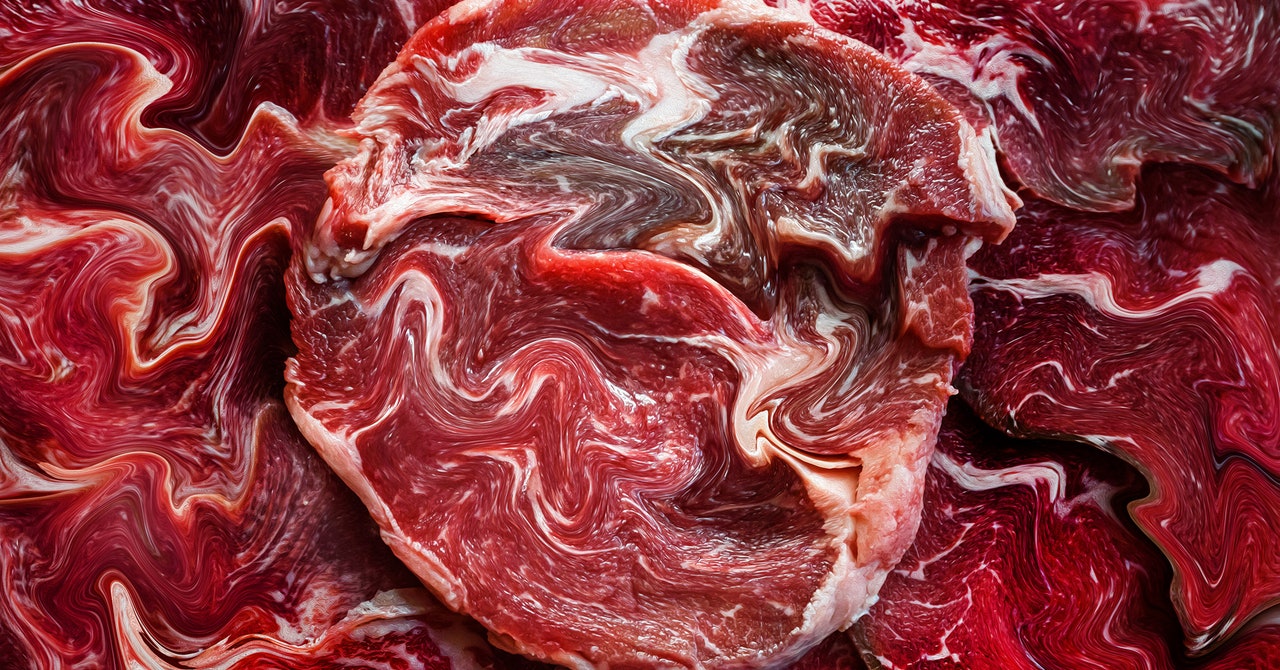So You Can 3D Print a Steak Now—but Why on Earth Would You? Leave a comment
Most of us don’t understand how our meals is made. We don’t know a lot about what our burger ate when it was a part of a cow, the place that cow lived, or the way it died. Ditto for the wheat in our bread, or the leaves in our salad. The meals system is usually a black field to us.
This disconnection is why farm-to-table has been so profitable—it seeks to reacquaint us with our meals, and take into account the water, emissions, labor and care that go into our meals.
Now, I’m all in favor of this, however there may be one space the place I wouldn’t thoughts listening to much less about how our meals is made: Plant-based meats. I’m satisfied we want plant-based alternate options to animal merchandise, however I think alt-protein corporations typically get a bit too caught up in how these meats are made—Fiber-spinning! Air fermentation! Bizarre types of extrusion!—and neglect in regards to the style.
I get the concentrate on meals nerdery. I’m a WIRED journalist, in spite of everything. However once I hear the excitement of tech frenzy at meals conferences I’ve only one query: Is it scrumptious?
For this reason I used to be fairly nonplussed when somebody provided to ship me a bunch of 3D-printed meat from a company in Israel. Then once more, I believed, plant-based meat has been within the doldrums lately. Perhaps it did want a technological breakthrough to take it to the subsequent stage. Plus, 3D-printing a steak is kinda cool, and these testing kits had been apparently “fairly pricey” and never accessible to the general public but. I requested the PR to ship them over.
Plant-based meats must be extra than simply buzz, says Arik Kaufman, CEO of Steakholder Meals, the Israeli firm that despatched me the 3D-printed meat. “It’s essential eat a product that’s wonderful,” he says. Stakeholder despatched me just a few completely different plant-based meats. There have been 3D-printed whitefish filets, 3D-printed filet steak, and 3D-printed marbled steak. There have been additionally burgers and fish kebabs, neither of which had been 3D printed. In a transparent signal that the way forward for meals had arrived, the cuts had been packaged in a medical freight field filled with dry ice that rapidly crammed my kitchen with fog.
Floppy Fish
The benefit of 3D-printing meals is all about creating scrumptious buildings, says Kaufman. His firm has made two completely different printers: One which prints fish, and one other that makes cuts of meat—each utilizing a pre-mixed mix of substances. The meat printer can produce round 500 kilos of plant-based meat an hour, with the fish printer coming in at 100 kilos an hour.
I cooked the whitefish filet as directed by the pamphlet contained in the field: Brushed with oil, then roasted for 10 minutes at 180°C (360°F). The filet nonetheless seemed a bit pallid after 10 minutes, so I gave it a bit longer till it had some shade on high. I suspected searing the filet in a pan would have added a nicer crust, however feared it might not have the structural integrity to place up with that flipping. Then, as my filet disintegrated on the journey between baking tray and plate, my suspicions had been confirmed. To the floppy filet I added a (vegan) lemon butter and caper sauce, sprinkled on some parsley and served it with couscous.
Kaufman says that 3D printing the whitefish recreates the flakey texture of a fish filet. That wasn’t my expertise in consuming it. When cooked, the fish had a skinny outer layer that flaked away, however contained in the filet had the feel of mousse, with simply the slightest trace of fish taste.

